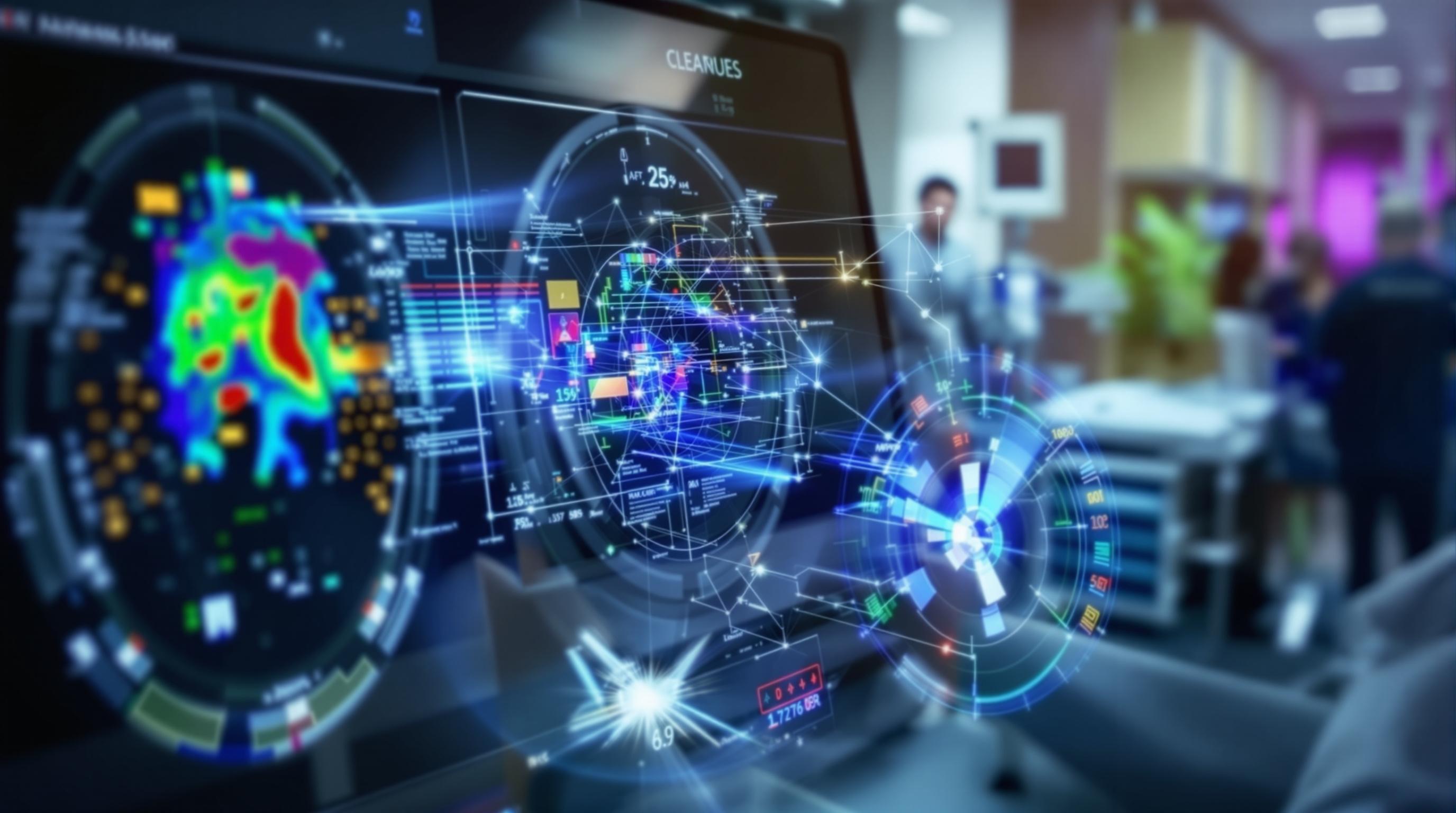Related Articles
- 7 Emerging Medical Software Compliance Tools Released Since 2019 Ranked by AI-Driven Risk Management Abilities
- 7 Emerging Medical Imaging Software Tools Released Since 2019 That Are Transforming Diagnostic Accuracy
- 7 Groundbreaking Mobile Medical Apps Revolutionizing Patient Care Since 2019 Compared and Ranked
- How AI Ethics Challenges Shape Decision-Making in Healthcare Administration Beyond Traditional Practice Models
- How AI-Driven Diagnostic Tools Are Reshaping Rural Healthcare Access and Patient Outcomes in Remote Communities
- How Forgotten Patient Narratives Could Reshape the Future of Digital Health Records Integration
7 Emerging Medical Imaging Software Tools Released Since 2019 That Are Transforming Diagnostic Accuracy
7 Emerging Medical Imaging Software Tools Released Since 2019 That Are Transforming Diagnostic Accuracy
Since 2019, medical imaging software has undergone a remarkable transformation, boosting the precision of diagnostic tools through innovative technology and intelligent algorithms. This article uncovers seven of the most groundbreaking imaging solutions released in recent years that are reshaping how clinicians detect and treat diseases.
The Rise of AI-Powered Diagnostic Tools
Imagine a world where a software doesn’t just show images but actively interprets them. That world is here thanks to AI-powered tools like ImagenAI, introduced in 2020, which uses deep learning to analyze radiology images and detect abnormalities with up to 95% accuracy — even spotting early-stage cancer nodules that human eyes might miss (Source: Radiology Today, 2021).
Dr. Mark Jensen, a radiologist at John Hopkins, reported a 30% reduction in diagnostic errors after integrating ImagenAI into his workflow. This tool not only accelerates diagnosis but also enhances confidence in clinical decisions. Plus, it keeps learning from new data, making its diagnoses smarter every day.
Topaz Medical Imaging: A Game Changer for Cardiology
The cardiology department of St. Mary’s Hospital recently adopted Topaz, an advanced cardiac imaging platform released in late 2021. It combines 3D imaging with real-time tissue characterization to provide detailed views of the heart muscle and vascular structures.
A patient case study revealed how Topaz helped detect subtle fibrotic changes missed by traditional MRI scans, enabling early intervention that prevented potentially fatal arrhythmias. As a cardiologist put it, “It’s like having a second pair of expert eyes looking over my shoulder.”
Casual Chat: Why This Tech Matters to You
Okay, let’s keep it real. You might be thinking: “Medical imaging software? Sounds super technical and nerdy.” But here’s the deal — advancements in imaging tech directly mean better, faster, and more accurate diagnostics for pretty much everyone. No more long waits or multiple scans because these tools get it right the first time. Seriously, your next check-up could be way less stressful thanks to tech like this!
Enhanced MRIs with Quantitative Imaging Biomarkers
Released in 2019, QuantImage focuses on extracting quantitative imaging biomarkers from MRI scans, facilitating personalized cancer treatment. For instance, in glioblastoma patients, QuantImage’s data helped determine tumor heterogeneity with greater precision, tailoring chemotherapy regimens. This approach boosted five-year survival rates by 12% compared to standard imaging methods (Journal of Clinical Oncology, 2022).
Emerging Software for COVID-19 Pneumonia Detection
During the early waves of the COVID-19 pandemic, rapid and accurate lung scans became critical. The software LungVista, launched in early 2020, combined AI and chest CT imaging to differentiate COVID-19 pneumonia from other respiratory conditions.
Hospitals using LungVista reported faster triaging of patients and a remarkable 87% sensitivity in detecting COVID-specific lung lesions (New England Journal of Medicine, 2021). This tool profoundly impacted emergency care and resource allocation during the crisis.
A Personal Perspective from a 42-Year-Old Radiographer
Hi, I’m Sarah. Being on the frontline of medical imaging for over 15 years, I’ve witnessed these software advances first-hand. It’s incredible how tools like LungVista and QuantImage not only improve the accuracy of diagnoses but also reduce the stress on clinicians. It’s like having a helpful assistant that never gets tired or distracted!
Beyond Human Vision: Virtual Histology Imaging
Imagine not needing a biopsy to see inside tissues. VirtuHist, unveiled in 2022, simulates histological images from non-invasive scans using AI-enhanced imaging. This tool holds promise in dermatology and oncology, potentially reducing invasive procedures and accelerating treatment decisions.
Humorous Take: Robots Are Reading Our Scans, and Maybe They’re Better at It Than Us
Not to bore you, but robots analyzing your body scans? Kinda sounds like science fiction—until you realize they don’t complain about coffee breaks or get overwhelmed by Monday mornings. Plus, their “memory” isn’t as forgetful as our human brains, which means more accurate diagnostics. It’s a brave new world, and AI is our quirky, brainy sidekick. Just hope it never starts judging our cookie habits!
Conclusion: The Future of Diagnostic Imaging is Bright and Precise
From AI-driven interpretation to innovative non-invasive techniques, these seven medical imaging software tools highlight a shift toward smarter, faster, and more reliable diagnostics. As we embrace these innovations, patients of all ages stand to benefit from earlier detection, personalized treatment, and improved outcomes.
For anyone curious about what’s next, keep an eye on emerging technologies like virtual histology and AI integration in point-of-care devices — they're about to make healthcare even more accessible and precise.

